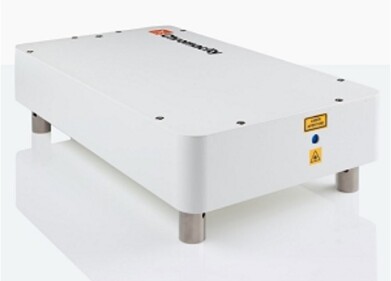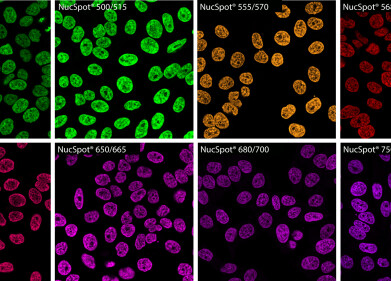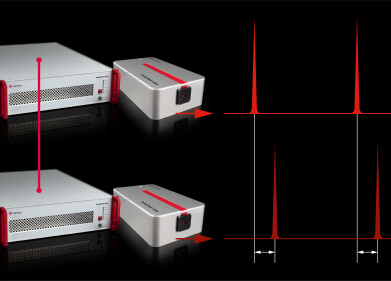Microscopy & Microtechniques
Is There a New Cure for Alzheimer’s?
Sep 03 2016
The research into Alzheimer’s disease continues to frustrate scientists. Not only are they trying to prevent, slow down, or reverse the effects of the neurodegenerative disease, they are actually trying to figure out what it is that causes them. Currently, there is no solution. No medication, diet or mental exercise has been definitively proven to change the course of the disease. Well that could be about to change…
Drug trials
A new drug has been trialled by two companies – Biogen (US) and Neurimmune (Switzerland) – and the results are promising to say the least. The new treatment is based on a theory that Alzheimer’s is caused by a build-up of protein in the brain. Amyloid, a protein, is thought to kill off healthy neurons in the sufferer’s brain, which leads to the associated cognitive issues.
Aducanumab is an antibody that aims to remove parts of this protein build-up. It was first thought to be a solution to Amyloid when it was discovered in aged non-sufferers. An initial trial was taken out with just a small group of 165 mild Alzheimer’s sufferers, to see if the aducanumab drug was safe to use, rather than to test its efficacy. But actually after checking the effect on their symptoms, the treatment appeared to have slowed patients’ cognitive decline.
Dual purpose
Twelve monthly injections containing aducanumab were given to the patients in the trial. The strongest improvements were seen in those who had a higher dosage. Brain scans following the trials demonstrated a reduction in amyloid proteins, and it was those with the highest reduction in amyloid who showed the most improvement.
It seems the trials not only demonstrated the drug’s potential, but also went some way to support the Amyloid-Alzheimer’s theory. “These results provide tantalising evidence that a new class of drug to treat the disease may be on the horizon,” said David Reynolds of Alzheimer’s Research UK.
Amyloid proteins
The examination of amyloid proteins is something that has opened a new route in Alzheimer’s research. This kind of protein build-up is also associated with diseases like Parkinson’s. Looking at the aggregation process is essential to understanding how these diseases develop. But what methods are available to assess protein build-up? Classical tools such as mass spectrometry are not suited to this kind of aggregation. ‘Analysis of Aggregated Proteins: A Crucial Step to Understand BSE and Alzheimer’s Disease’ explores the potential new method of combining asymmetrical Field-Flow Fractionation with Multi-Angle Light Scattering.
Digital Edition
Lab Asia 31.6 Dec 2024
December 2024
Chromatography Articles - Sustainable chromatography: Embracing software for greener methods Mass Spectrometry & Spectroscopy Articles - Solving industry challenges for phosphorus containi...
View all digital editions
Events
Jan 22 2025 Tokyo, Japan
Jan 22 2025 Birmingham, UK
Jan 25 2025 San Diego, CA, USA
Jan 27 2025 Dubai, UAE
Jan 29 2025 Tokyo, Japan



















